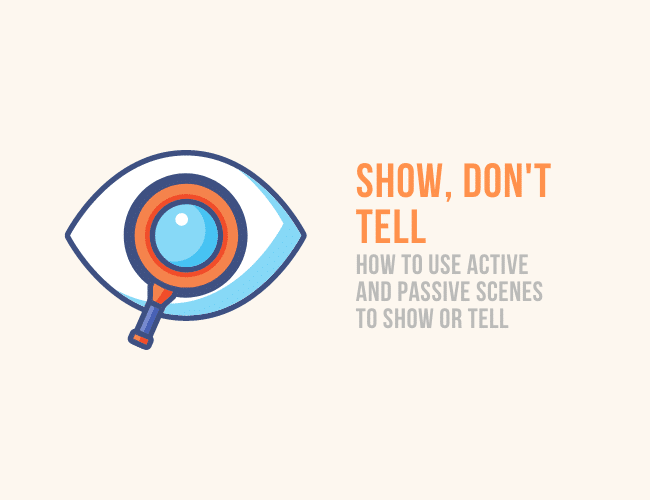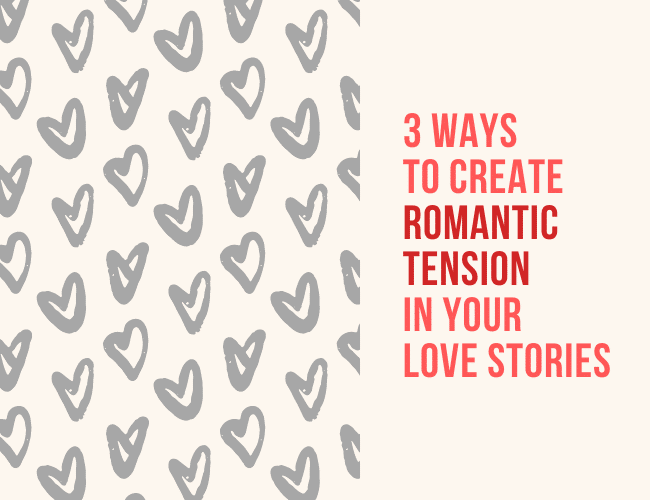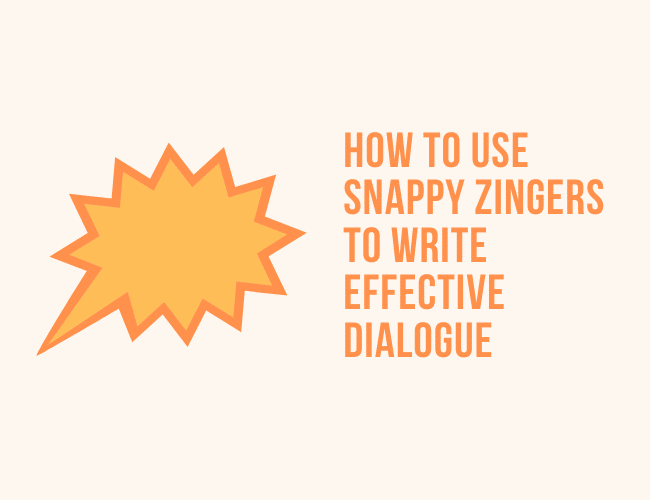
by J. D. Edwin |
We’ve all heard of passive vs. active sentences. Active sentences such as “three men stood by the gate” are more attractive and interesting than passive sentences such as “there were three men standing by the gate.”
But the concept of active vs. passive can also be applied to scenes within a story. Appropriate use of active and passive scenes can give your story an extra kick of life and can help with pacing as well.

by J. D. Edwin |
In life and in writing, romance is a difficult and yet extremely enticing subject. Even in books outside the highly popular romance genre, romantic subplots are immensely popular. But romance is not an easy thing to write, because readers want more than just a straight-up kiss-and-get-married.
A romance on a curved, nuanced road, where your characters have to fight to get to their happily ever after, makes for a much better story. The best way to achieve this is through romantic tension.

by J. D. Edwin |
Dialogue is an essential part of storytelling. We all know our characters speak to express themselves, and effective dialogue says a lot more than just the information conveyed—it also shows your character’s personality, range of knowledge, and their current state in the story.
But do you find that your characters sometimes drone on and on without getting to a point? Or that it seems to take a lot of words to get to the single idea you’re trying to get to? Or maybe you sometimes lose control of the exchange and find you don’t know which way to direct the conversation.
The problem is usually that your dialogue has too much “fluff.” Fluffy dialogue tends to slow down the story and bore the reader. But fear not; there are a few simple ways to remedy this.


